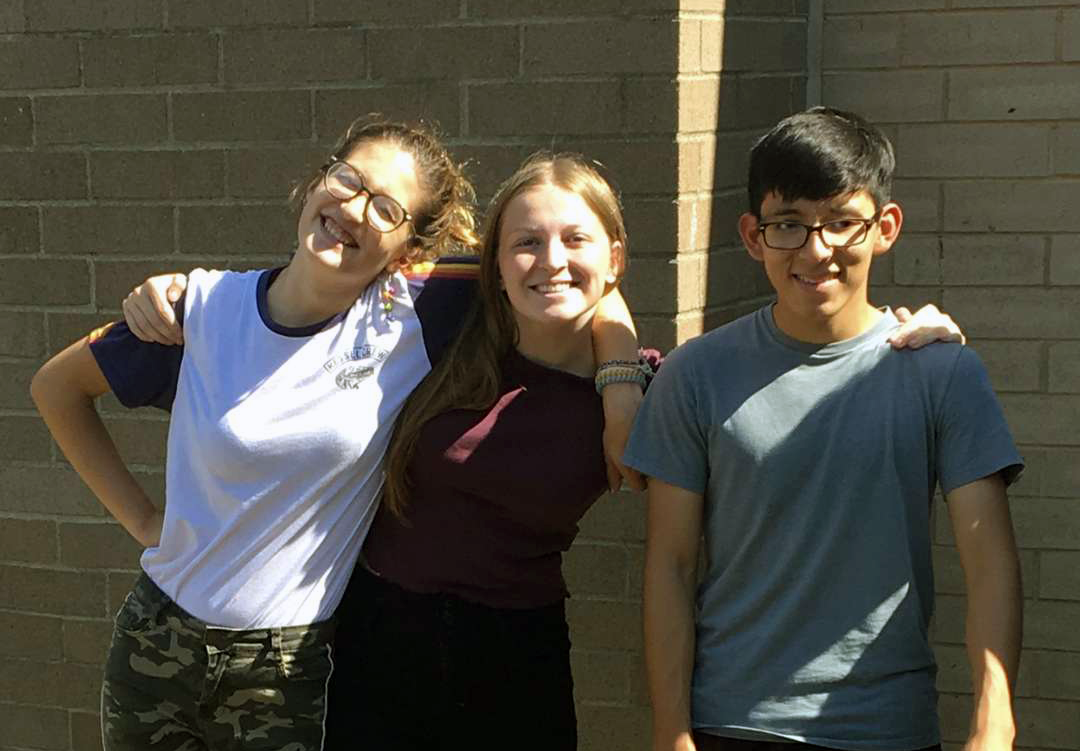
January 15, 2021| Community, Environment, People
By: Holly Odgers
Armed with a camera, microphone, lighting equipment, and a desire to document local history and generate important discussions about their community's future, local students are developing three short videos that will examine the environmental, economic, and social impacts of the widespread 2019 harmful algal bloom (HAB) on Lake Hopatcong.
In preparation for their project, Veronica Carrion, Kailey Pasquariello, and Matthew Sinchi, from the Academy for Environmental Science at Jefferson Township High School, are seeking photographs and videos of the 2019 HAB outbreak for possible use in the project. Submissions can be emailed to yesstories@lakehopatcongfoundation.org
The students will be working in collaboration with the Lake Hopatcong Foundation (LHF), as part of Smithsonian Institute’s “Stories: YES" (Youth Engagement and Skill-Building) program, which provides funding and resources to assist young people across the country to discover and digitally document their community's unique history. The Foundation was selected to participate in the Stories: YES program following its 2019 hosting of the Smithsonian Water/Ways exhibition at the LHF Environmental & Cultural Center.
"The Lake Hopatcong Foundation is delighted to give local students this unique storytelling opportunity about the unprecedented harmful algal bloom," said Donna Macalle-Holly, the Foundation's grants and program director. “We're pleased to continue to collaborate with the Smithsonian’s ‘Museum on Main Street’ program to educate the public about the importance of protecting our waterways."
The completed digital stories will be showcased in a virtual program hosted by the Foundation this spring, as well as on Smithsonian's Museum on Main Street website.
Funding for Stories: YES is generously provided to Museum on Main Street (MoMS) with internal Smithsonian Institution support from the Smithsonian Youth Access Grants Program. MoMS is a partnership between the Smithsonian Institution Traveling Exhibition Service (SITES) and state humanities councils. It was created to serve museums, libraries, and historical societies in rural areas, where one-fifth of all Americans live. SITES has been sharing the wealth of Smithsonian collections and research programs with millions of people outside Washington, D.C., for over 65 years. It connects Americans to their shared cultural heritage through a wide range of exhibitions about art, science, and history, which are shown wherever people live, work, and play. For more information, including exhibition descriptions and tour schedules, visit www.sites.si.edu.